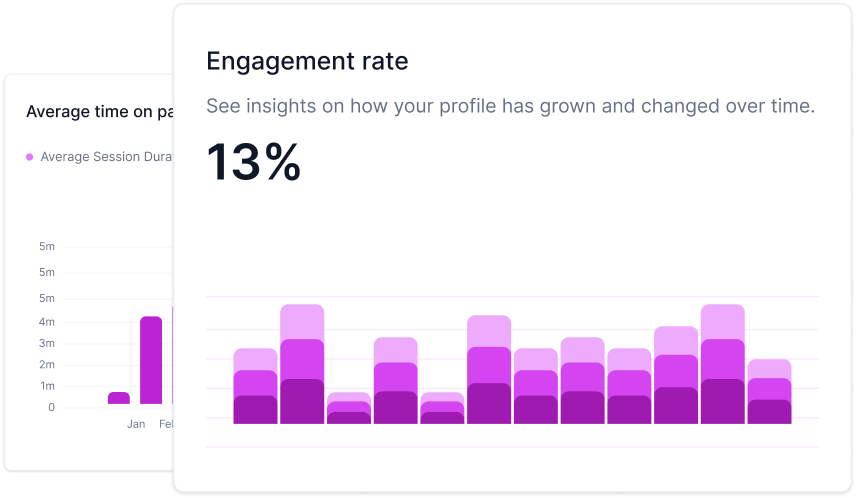What is Keyword Density?
Keyword Density refers to the frequency with which a specific keyword or phrase appears within a piece of content, relative to the total word count. It's usually expressed as a percentage. For example, if your content is 100 words long and your target keyword appears five times, your keyword density is 5%.
Why is it important?
In the early days of search engines, Keyword Density was a significant ranking factor. It gave search engines a quick idea of a page's topic. However, the digital landscape has evolved. While it's no longer the primary ranking metric, maintaining an appropriate keyword density can help search engines understand your content's focus. But remember, content quality and relevance are paramount!
How do I calculate Keyword Density for my content?
Divide the number of times your keyword appears in the content by the total number of words, then multiply by 100. Here's the formula:
Keyword Density = (Number of times keyword appears / Total words in the content) x 100
For instance, if you have a 500-word article and your keyword appears 10 times:
Keyword Density = (10/500) x 100 = 2%
What is the optimal Keyword Density for SEO, and can overusing keywords harm my rankings?
There's no magic number for the perfect keyword density. Typically, a range of 1% to 3% is considered good, ensuring the content remains natural and readable. Overstuffing keywords, a practice known as "keyword stuffing," can indeed harm your rankings. Modern search engines prioritize user experience. If your content doesn't read naturally or feels forced because of excessive keyword use, both users and search engines will likely penalize it.

